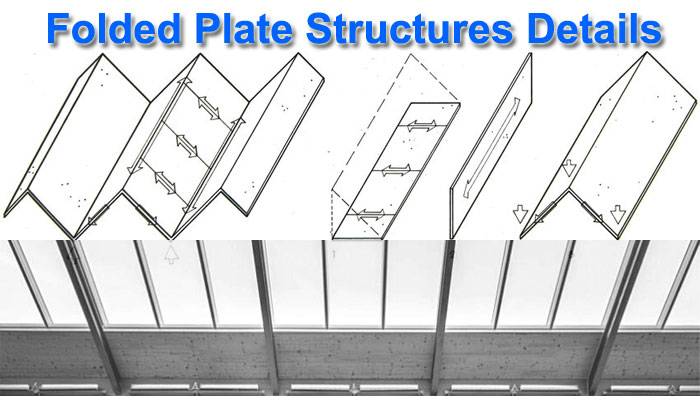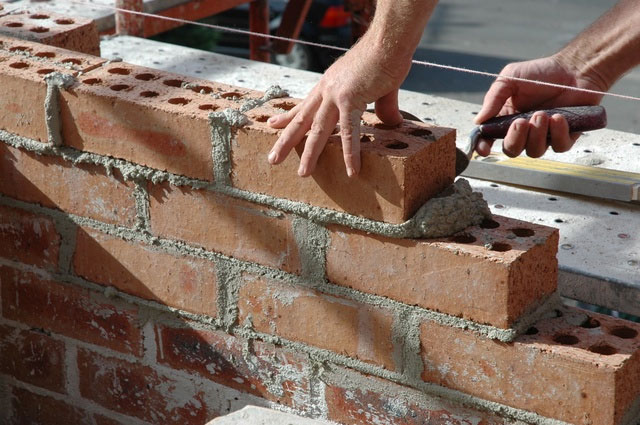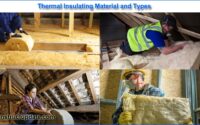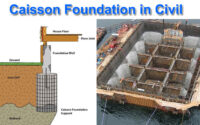Folded Plate Uses in Construction | Folded Plate Structures Details | Folded Plate Roof Construction
Folded Plate
Folded Plate refers to a configuration in which flat plates are rigidly attached to one other along their edges. Folded Plates are joined together in such a way that the structural system can withstand loads without the use of extra supporting beams along mutual edges.
Engineer Eudene Freyssinet designed the first folding structure roof in 1923 as an aviation hangar at Orly airport in Paris.
Folded plate structures are made out of flat plates, or slabs, that are linked along their longitudinal edges and are inclined in different directions. As a result, the structural system can withstand loads without the use of extra supporting beams along mutual borders.
This technology was developed in Germany in the 1920s and was widely used to construct roofs for industrial warehouses and public buildings in Russia and the United States throughout the 1930s.
Cast in situ or precast reinforced concrete, or steel plate, are commonly used in modern folding plate structures.
They are capable of producing a wide range of shapes and overall forms:
- Rectangular plates, prismatic.
- Non-rectangular plates are known as pyramidal plates.
- Prismoidal plates are triangular or trapezoidal in shape.
Folded plate construction has a number of advantages. They are easier to make than other shells, such as cylindrical shells, because they require less formwork and consume less material. Folded plates, on the other hand, use more materials than curved shells because there is typically more bending involved.
Folded plate structures are cost-effective over lengthy spans that must be free of internal columns and other impediments due to their inherent rigidity and great load-carrying capability.
What Are Folded Plate Roofs and How Do They Work?
Folded Plate Roofs are a type of folded plate structure that is chosen for their great weight-bearing capability and longevity.
Folded Plate Roofs are simple to put together because they are made up of flat slabs or plates that are inclined in different directions and are linked at the top along their edges.
The earliest Folded Plate Roofs were employed in the construction of very large industrial buildings, such as coal bunkers, in Germany in the 1920s.
Folded Plate Roofs were first utilized in the construction of warehouses in the United States in the 1930s, and they quickly became the favored roofing solution for extremely large commercial and industrial structures.






